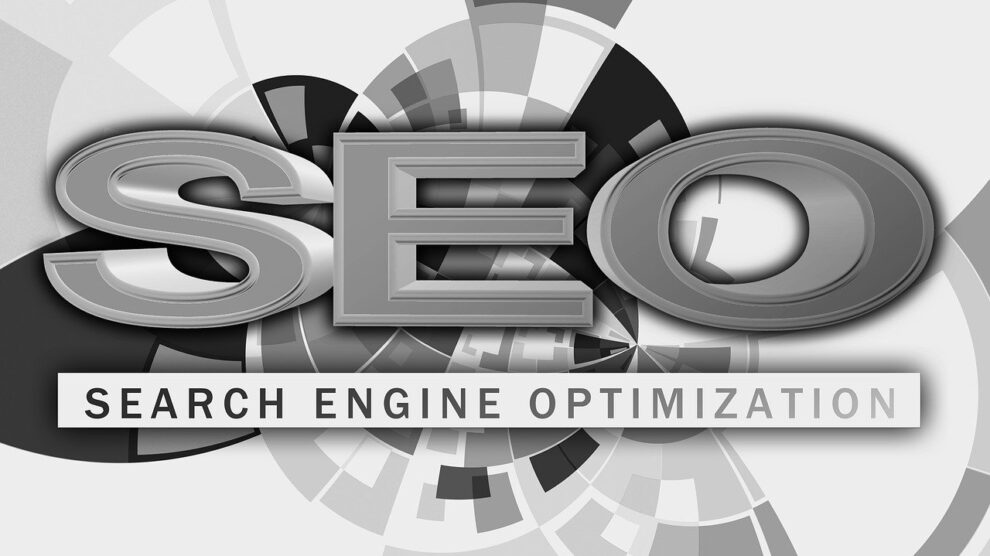In the ever-evolving world of digital marketing, the lines between search engine optimization (SEO) and user experience (UX) have become increasingly blurred. It’s no longer enough to focus solely on optimizing your website for search engines; providing an exceptional user experience is equally essential. In this blog post, we’ll explore the synergy between SEO and UX and how they can work hand in hand to enhance your website’s visibility, engagement, and conversions. By understanding the interplay between these two critical factors, you’ll be able to develop a comprehensive digital marketing strategy that delivers sustainable results.
Search Engine Optimization (SEO) has traditionally been centered around optimizing websites for search engine algorithms. It involves various techniques, including keyword research, on-page optimization, link building, and technical optimizations. The goal of SEO is to improve a website’s search engine rankings, driving organic traffic and increasing visibility. However, with the changing digital landscape and increasing user expectations, the focus has shifted toward delivering a seamless user experience.
User Experience (UX) encompasses the overall experience that users have when interacting with a website. It includes factors such as website design, navigation, page load speed, mobile responsiveness, and content quality. A positive UX ensures that visitors can easily find what they’re looking for, have a pleasant browsing experience, and are more likely to convert into customers. UX is not just about aesthetics; it’s about creating a user-centric environment that meets the needs and expectations of your target audience.
The synergy between SEO and UX lies in their shared goal of satisfying user intent. While SEO focuses on driving organic traffic, UX ensures that the visitors have a positive experience once they land on your website. Let’s explore how these two disciplines complement each other and contribute to the success of your digital marketing efforts.
1. Keyword Research and User Intent
Keyword research has always been a core component of SEO. However, it’s essential to align keyword targeting with user intent. Understanding the intent behind a user’s search query allows you to create content that directly addresses their needs. By integrating user intent into your keyword research, you can optimize your website’s content to match the searcher’s expectations, resulting in higher engagement and improved rankings.
2. Content Optimization and Engagement
Quality content is crucial for both SEO and UX. Search engines prioritize websites that provide valuable and relevant content to users. At the same time, engaging and informative content enhances the user experience by keeping visitors on your site and encouraging them to explore further. When optimizing your content, focus on providing value to your audience while incorporating relevant keywords naturally. This approach ensures that your content appeals to search engines and resonates with your target audience.
3. Website Speed and User Satisfaction
Website speed is a vital factor in both SEO and UX. A slow-loading website not only negatively impacts your search engine rankings but also frustrates visitors, leading to high bounce rates. Optimizing your website’s speed not only improves your SEO performance but also enhances the overall user experience. Minimize file sizes, leverage caching mechanisms, and optimize code to ensure your website loads quickly and provides a seamless browsing experience.
4. Mobile Responsiveness and Accessibility
With the rise in mobile device usage, having a mobile-responsive website is no longer optional. Search engines prioritize mobile-friendly websites in their rankings, considering the increasing number of users accessing the internet through smartphones and tablets. A mobile-responsive website not only improves your SEO but also ensures a positive user experience across devices. Optimizing your website for mobile includes using responsive design, optimizing touch elements, and ensuring that the content is easily readable on smaller screens.
5. User-Friendly Navigation and Conversion Optimization
Intuitive and user-friendly website navigation is crucial for both SEO and UX. A well-structured website with clear navigation helps search engines crawl and index your content effectively. Additionally, it allows users to find the information they need quickly and effortlessly. A seamless navigation experience increases user engagement and encourages visitors to stay longer on your site, exploring more pages and ultimately increasing the chances of conversion.
6. User Signals and Search Engine Rankings
User signals, such as click-through rates (CTRs), bounce rates, and time spent on the page, have become increasingly important ranking factors for search engines. Search engines consider these signals to determine the relevance and quality of a website. When users have a positive experience on your site, they are more likely to engage, stay longer, and interact with your content, sending positive signals to search engines. By prioritizing UX, you indirectly influence your search engine rankings, further emphasizing the synergy between SEO and UX.
7. A/B Testing and Continuous Improvement
Both SEO and UX require a data-driven approach for optimal results. A/B testing allows you to experiment with different elements of your website, such as layout, design, CTAs, and content, to determine what resonates best with your audience. By analysing user behaviour and metrics, you can identify areas for improvement and make data-backed decisions to enhance both SEO and UX. This iterative process ensures that your website evolves to meet the changing needs and preferences of your users, leading to better performance in search rankings and user satisfaction.
8. Social Signals and Brand Awareness
Social media plays a significant role in digital marketing, and it intertwines with both SEO and UX. When users find your content valuable and engaging, they are more likely to share it on social media platforms, creating social signals that impact your search engine rankings. Additionally, social media platforms provide an opportunity to interact directly with your audience, gather feedback, and build brand awareness. By fostering a positive user experience on your website, you increase the likelihood of users sharing your content and amplifying your brand reach through social channels.
9. Local SEO and User Localization
For businesses targeting local audiences, the integration of local SEO and user experience is essential. Local SEO focuses on optimizing your website to appear in local search results, such as “near me” queries. Simultaneously, user experience factors like clear contact information, localized content, and positive reviews contribute to the overall user experience for local visitors. By aligning local SEO efforts with user expectations and preferences, you can attract and convert local customers effectively.
10. Voice Search and Conversational Experiences
The rise of voice search has transformed the way users interact with search engines. Voice search queries are often longer and conversational, reflecting the natural language patterns of users. To align SEO and UX with voice search, it’s crucial to understand user intent in conversational queries and optimize your content accordingly. Additionally, providing a conversational experience on your website through chatbots or voice-activated features can enhance user engagement and satisfaction.
In summary, the synergy between search engine optimization (SEO) and user experience (UX) is multifaceted and crucial for digital marketing success. By considering the user at every step of your SEO strategy, you can create a seamless and engaging experience that satisfies user intent and search engine requirements. Remember that SEO and UX are not standalone elements but interconnected components that work together to enhance your website’s visibility, engagement, and conversions. Embrace the synergy, continuously analyze data, and adapt your strategies to stay ahead in the ever-evolving digital landscape.





